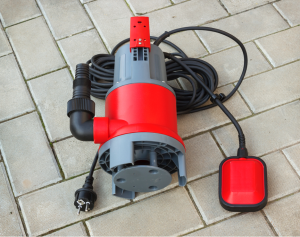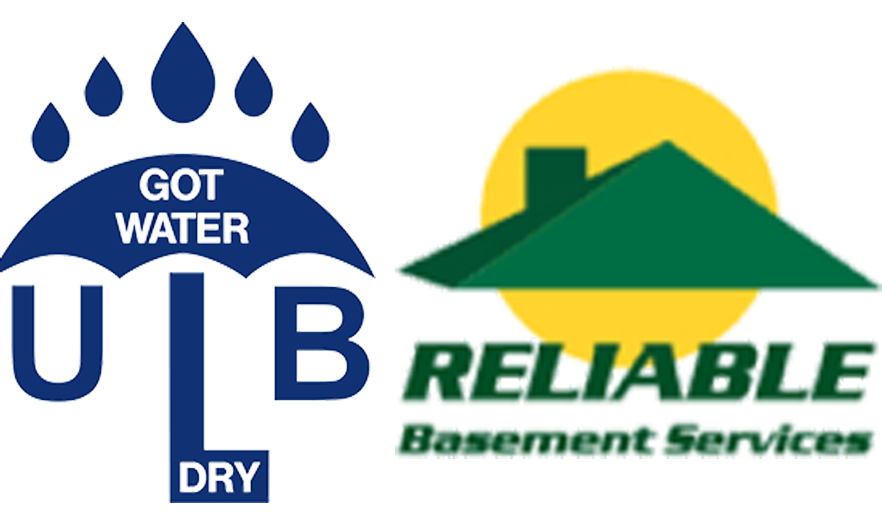
There are all types of components that go into a basement waterproofing system. However, they are not necessarily all equal. Of all the basement waterproofing components out there, there are perhaps none more critical than the sump pump.
Are you interested in learning about sump pumps and how they work? This sump pump installer in Lincolnshire, Illinois is going to review them in detail below.
What Does a Sump Pump Do?
A sump pump works to pump water away from the base of a home. In doing this, it reduces hydrostatic pressure against the home’s foundation, which ultimately reduces foundational cracking. Because there are fewer cracks, and because there’s less water around the foundation, it greatly reduces the risk of flooding and water seepage.
The sump pump sits within a hole known as a sump pit. This is typically located in the corner of the basement. It acts as an access place for the sump pump, allowing it to gauge groundwater levels and act accordingly. If groundwater levels grow too high, the sump pump will turn on and pump some of the water out further into the yard.
The sump pump is the only basement waterproofing component that actively resists the inward flow of groundwater. Because of this, it’s considered to be the most important component in the system. If there’s any basement waterproofing component you’re going to install, it should be the sump pump.
Types of Sump Pumps
Most sump pump installers in Lincolnshire, Illinois offer two general types of sump pumps: submersible sump pumps and pedestal sump pumps. Let’s discuss the specifics of each below.
Submersible
Submersible sump pumps are sump pumps that sit down inside of sump pits. They make direct contact with water, and they pump it out extremely efficiently. They also do a tremendous job of pumping out large pieces of sediment.
These sump pumps last longer than pedestal sump pumps. However, they’re also more expensive. If you have the budget for it, and if your sump pit is wide enough, this is the type of sump pump you should opt for.
Pedestal
Pedestal sump pumps sit above their respective sump pits and access the water below with the use of a connected hose. These pumps work well. However, they’re not quite as efficient as submersible pumps. Plus, they typically do not deal with sediment very well.
The upside is that they’re more affordable. However, they don’t have as long of a lifespan as submersible pumps. That said, if your sump pit is too narrow to accommodate a submersible sump pump, a pedestal sump pump will have to do.
The Importance of a Backup Sump Pump
While you can typically get by with a single sump pump, power outages do happen. When they happen, they’re guaranteed to shut down electricity-driven sump pumps.
This is why most sump pump installers in Lincolnshire, Illinois recommend having a backup sump pump in addition to your primary sump pump. Backup sump pumps are powered by batteries, and therefore, they don’t shut off when power outages occur.
These will help keep your basement dry during strong storms, which are often responsible for power outages to begin with. These systems can end up saving you a great deal of money on repairs and renovations by avoiding flooding.
Looking for a Sump Pump Installer in Lincolnshire, Illinois?
Are you ready to have a sump pump installed in your basement? Ready to partner with the best sump pump installer in Lincolnshire, Illinois? If so, our team at ULB-DRY Waterproofing is the top choice. Contact us today to schedule a free consultation.





